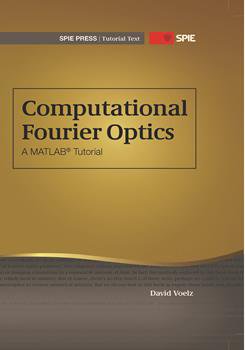|
Except for a brief foray into incoherent imaging in Chapter 7, we have been considering coherent light. Coherence refers to the amount of correlation in the optical field at separate times or separate points within a beam of light. High coherence leads to stationary interference effects such as the "fringing" and "ringing" structures that appeared in the simulated diffraction and imaging results for monochromatic (coherent) light. These kinds of features are absent from the incoherent imaging results. Coherence is exploited in a variety of optical applications: holography, interferometry, optical coherence tomography, coherent lidar, Fourier transform spectroscopy, and quantum communications, to name a few. We won't get into the details of these topics here, but some applications simply require high coherence (holography) while others also take advantage of the lack of coherence (optical coherence tomography). Sometimes coherence is a noise source - recall the speckled coherent images of Section 7.3.4. It is convenient to separate coherence into two categories: temporal and spatial. For illustration, Fig. 9.1 shows a beam of light with some sample points. Temporal coherence refers to the correlation (time average of the products of complex fields) at spatial point P but separated in time by τ. The degree of coherence for a partial temporal coherent source changes with τ; typically, decreasing as τ increases. Spatial coherence refers to the correlation of complex fields at the same time but at different transverse points P1 and P2. For a partial spatial coherent source, the degree of coherence typically decreases with separation distance. |
|
|


